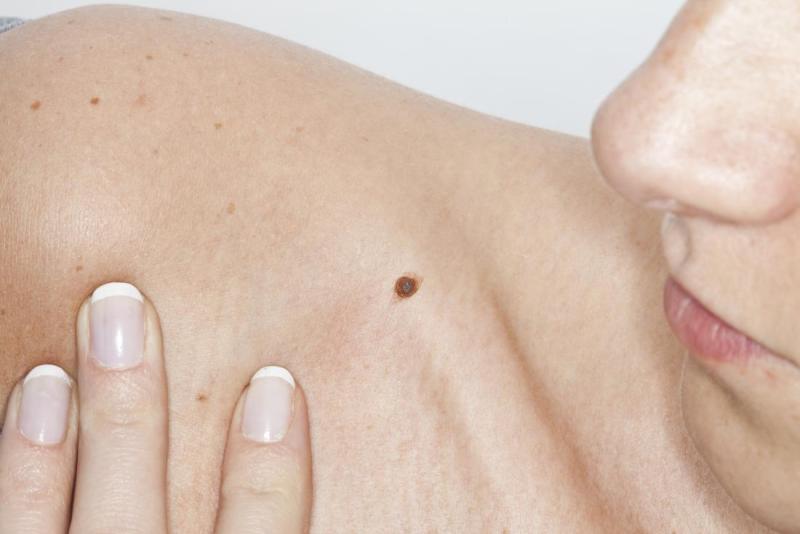Skin Cancer Early Detection! How to Check Moles and Spots for Signs or Symptoms
Thousands of people are plagued with skin cancer each year. In fact, Melanoma is one of the most deadly forms of skin cancer. It can spread extremely quickly and often patients have no idea they even have this deadly cancer before it’s progressed far into their body. This is most due to the fact Melanoma doesn’t often present symptoms until it has progressed greatly.
Another common skin cancer is Carcinoma (basal cell carcinoma and squamous cell carcinoma included) which progresses much slower, but is just as difficult to diagnose. Most people understand sun damage can lead to these horrific cancers. While people understand these cancers are very serious, they often have no idea what to look for in regards to being warning signs of skin cancer. If you have suspicious moles or want to know how to identify skin cancer, use these tips.
1- Screen yourself for possibly suspicious moles as a set routine.
Make sure you check and examine your body regularly. Make note of any area featuring something unusual or any change in the skin (blistered skin, spot, sunburn, skin rashes, lesions, sores or other issues). You may need a magnifying mirror for this or a digital camera to take photos of anything you feel is unusual. You can always ask a family member to help you with this task.
2- Look at each mole you have to check for asymmetry.
If your mole is much different on one side than it is on the other, it’s likely suspicious. Look at the size of the mole, the color of the mole and take note of when you discovered it. You will need to talk with a dermatologist for a proper diagnosis of these.
3- Look at any skin rashes you see.
Look at the size, the color and the shape of the rash. Make notes to share with your doctor and document if you suspect the rash is a result of an allergy of some type. There are many types of rashes and their causes vary greatly. Thus, a rash alone is not often a warning sign. However, sometimes a rash called actinic keratosis can be a precursor to skin cancer. It’s often seen as a rough, dry skin lesion. It’s often limited to one area and is gray, pink or red. Sometimes it starts as a flat, scaly area of skin and then turns into a hard surface.
While it’s important to check your body for possible signs of skin cancer, remember most moles are benign and not malignant. So, even if you find a suspicious mole there is no reason to panic. Instead, make an appointment with your doctor and get it checked out further. In the meantime, it’s vital to protect your skin on a daily basis. Often ladies understand the importance of protecting themselves from sun damage and sunburn when they are planning to be outdoors for an extended period of time. However, there is a great deal of sun damage occurring simply by being outdoors for short periods or even driving in a car on a daily basis. Instead of simply wearing sunscreen when you hit the pool or the beach, be sure to be using lotions on your face, hands and body that have included SPF protection with them. This provides a very easy way to fit sunscreen into your daily routine and can help protect you on a daily basis.

